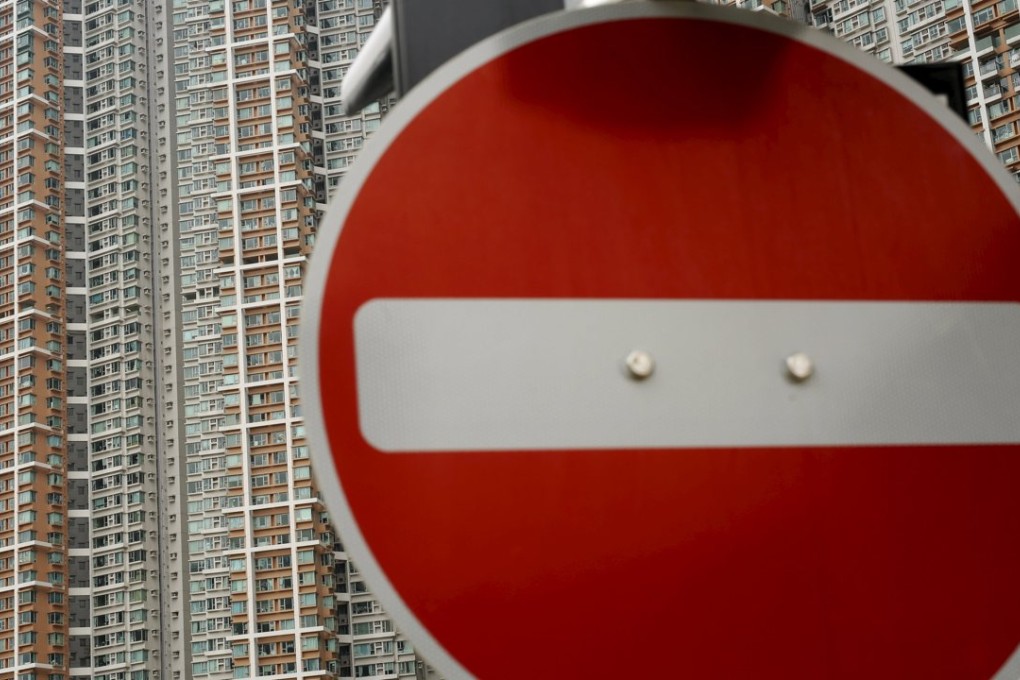Why the Hong Kong government’s housing targets are based more on politics than practicalities
Carine Lai says when analysing the figures against the administration’s own population projections, it’s clear that sound urban planning is being sacrificed for political expediency

In his policy address, Chief Executive Leung Chun-ying made housing and land supply a priority. He said the government is pursuing numerous measures to increase land supply, including rezoning green belt and other sites, building or extending new towns in the northern New Territories and on Lantau, using brownfield sites and carrying out reclamation outside the harbour.
These will effect ecology, water quality and urban air ventilation to varying degrees, which means we must ensure housing is planned sustainably. Unfortunately, sound planning is in danger of being sacrificed to speed and ambition. Are such sacrifices warranted?
READ MORE: Hong Kong Chief Executive CY Leung sells policy address to a sceptical publi

Let us review some statistics. In mid-2015, our population was roughly 7.3 million. With an average household size of around 2.9, it translates to 2,485,200 households. Housing stock was 2,668,000 units – a 93 per cent occupancy rate. This is slightly tighter than the 91 per cent rate in 2005, when we had 2,197,100 households to 2,408,000 housing units. So while it is true that the housing supply – public housing especially – has not grown as fast as household numbers, the situation is not exactly dire. We have an affordability problem, not a supply problem.
Now let’s look at some official projections. Last year, the Census and Statistics Department predicted that the population would grow to about 7.8 million by 2024. Due to delayed marriage and low birthrates, the average household size is expected to drop to around 2.8, so we will have 2,699,400 households by 2024, or 214,200 new households. These projections take immigration into account.
